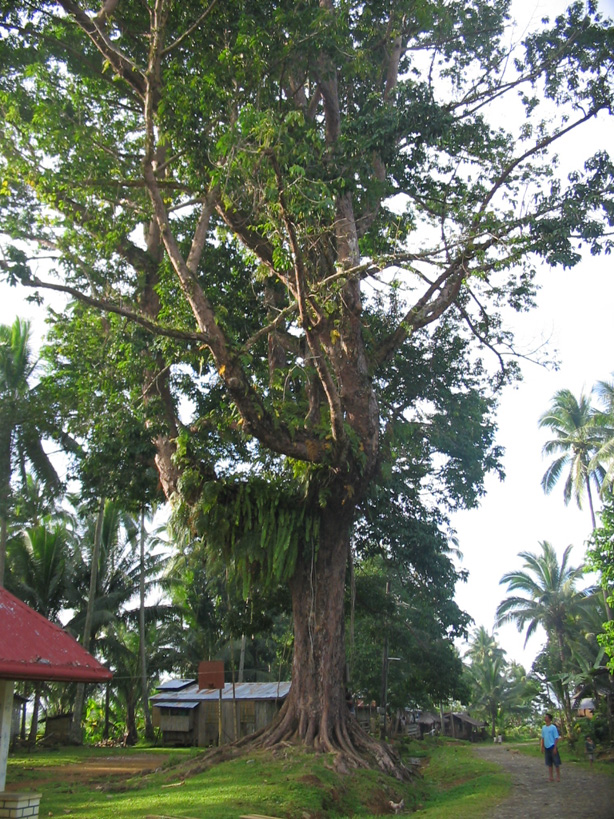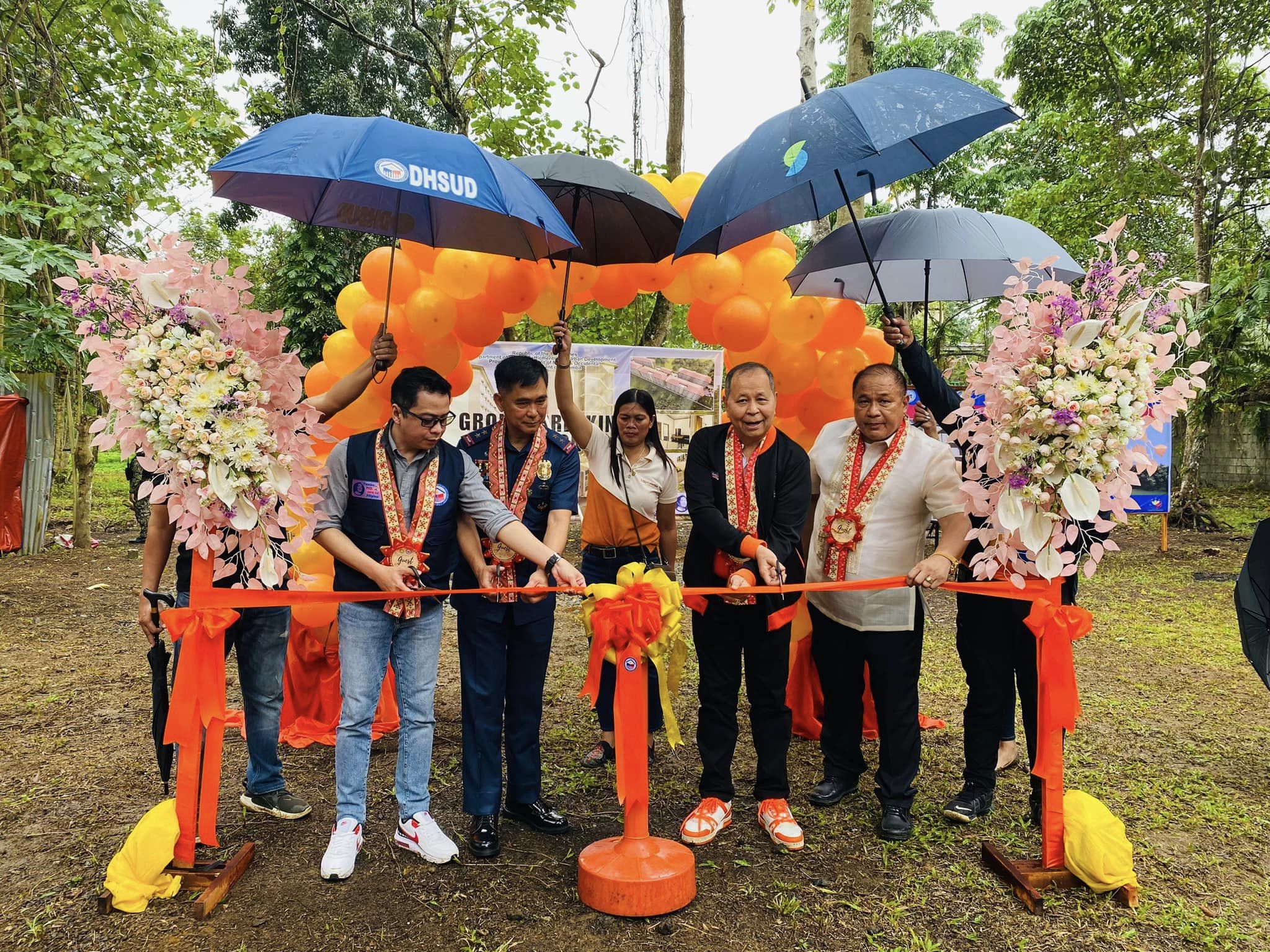THE CENTURY OLD TREE (THE LUMBAYAW TREE)
Barangay San Isidro is one of the 19 brgys of Calamba, Misamis Occidental and it takes 20 minutes to reach the 9 kilometer slightly uphill barangay. The place has become popular because of the famous century-old Lumbayaw Tree which proudly stands in front of the barangay hall. It looks strong and magnificent through the years. Its branches and green leaves thrust out to give shade to passersby and thrill everybody who would like to listen about its legend. It is the only “silent and living witness left today that can testify the happenings of the time” hundred years back.For the barangay folks, Lumbayao tree is historical and legendary. In connection, the local government of Calamba together with the DENR, protect and preserve the tree.
The Lumbayaw Tree: A Symbol of Resilience and Strength
The Lumbayaw tree (Terminalia copelandii) is a species of tree that is native to the Philippines. It is known for its towering height, reaching up to 50 meters, and its broad canopy that provides shade and shelter to many animals and plants. But beyond its physical attributes, the Lumbayaw tree holds a significant cultural and historical value in the Philippines, making it an important symbol of resilience and strength.
Historically, the Lumbayaw tree has been used for various purposes by the indigenous communities in the Philippines. Its strong wood is used for construction and furniture making, while its bark and leaves have medicinal properties that are used to treat various ailments. The tree is also a source of food for many animals, particularly birds, which feed on its fruits and nectar.
But what makes the Lumbayaw tree truly special is its ability to withstand the forces of nature. The Philippines is no stranger to natural disasters such as typhoons and earthquakes, and the Lumbayaw tree has proven time and time again that it can survive and thrive in these harsh conditions. Its deep root system allows it to anchor itself firmly to the ground, even during strong winds and flooding. And because it is a slow-growing tree, it is able to develop a strong and sturdy trunk that can withstand the impact of earthquakes.
In Filipino culture, the Lumbayaw tree is often associated with strength and resilience. Its ability to withstand the forces of nature has made it a symbol of the Filipino people's ability to persevere in the face of adversity. This resilience has been demonstrated time and time again throughout Philippine history, from the country's struggle for independence to its ongoing efforts to rebuild after natural disasters.
In recent years, the Lumbayaw tree has faced new threats to its survival. Deforestation, climate change, and habitat destruction have all taken a toll on the species, putting it at risk of extinction. Recognizing the importance of the Lumbayaw tree, many conservation efforts have been initiated to protect and preserve the species. These efforts include reforestation programs, seedling propagation, and raising awareness about the importance of protecting the tree.
In conclusion, the Lumbayaw tree is more than just a species of tree. It is a symbol of the Filipino people's resilience and strength, as well as a reminder of the importance of preserving our natural heritage. By working together to protect and preserve the Lumbayaw tree, we can help ensure that this important symbol of resilience and strength will continue to thrive for generations to come.
 |
- Details
- Hits: 7916



































